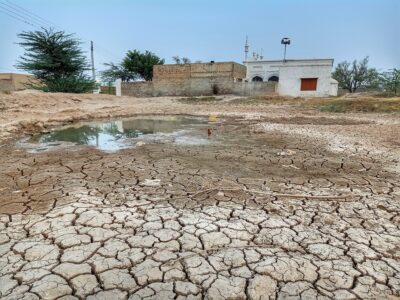Following up on my previous post, “Creating a Sustainable Water Future”, I will now go over a few of the steps that are being taken to better assess the current and future state of our global water resources. The tools that are being presented are based on economic analyses that aim to provide both private and public investors a clearer view of the future demand for water and the implications for infrastructure and economic activities. With this information, the hope is for businesses, farmers, and households to make better and more informed decisions about managing their water resources more efficiently and productively.
First, we take a look at the existing water supply and projected demand in 2030 for the country of India, which is the seventh largest country by geographical area and the second most populous country with about 17.31% of the world population according to an estimate done by the population division of the United Nations.
This projected rise in demand for a business as usual scenario is not surprising when taking into account India’s heavy reliance on its agricultural sector. The water usage associated with agriculture is huge, especially irrigated agricultural crops such as rice and wheat. At the Columbia Water Center, we are focusing on the water-food-energy nexus and the sustainability of India’s farming practices with regards with groundwater usage. Our work is being based in two states, Punjab and Gujarat to develop a long-term water management plan that addresses both supply side and demand side solutions.
The following chart shows the potential of technical measures available to close the 2030 supply-demand gap and their associated costs. Based on this study, it is clear that agricultural productivity is a fundamental part to providing a cost effective solution of closing the water gap. Most of the proposed solutions are infrastructural agriculture changes to increase efficiency and optimize the “crop per drop” output. If the least cost options of mainly focusing on the agricultural water usage, a net annual expenditure in 2030 of $8.4 billion would be needed to meet the implied demand for food and feed in the country. The implementation of tools such as fact based economic analyses are crucial to the development of better water management strategies in the future.





